Bird’s eye view photography is a unique and interesting way to capture landscapes, cityscapes, and other scenes from high up, offering a perspective that is different than what you see when looking at things from the ground. Here are eight reasons why you should try bird’s eye view photography.
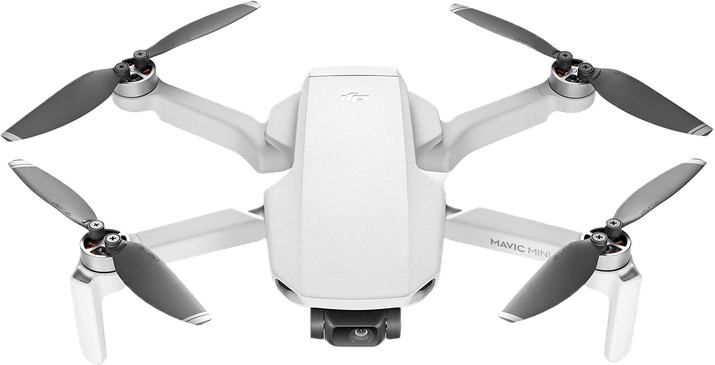
Bird’s-eye view is an elevated view of an object, observed from above. It is as if a bird was looking down on the object, hence the name.
In photography, the point of view means the position in which your camera is looking at the scene. This can be eye level, bird’s-eye view, worm’s eye view, etc. The way you position your camera changes the perspective and the whole image.
There are no exact rules as to what a bird’s-eye view perspective should look like. For example, there are no rules on how high above you should be shooting from.
The aerial viewpoint is often used as a synonym for a bird’s-eye view. But bird’s-eye does not need to be taken from high above.
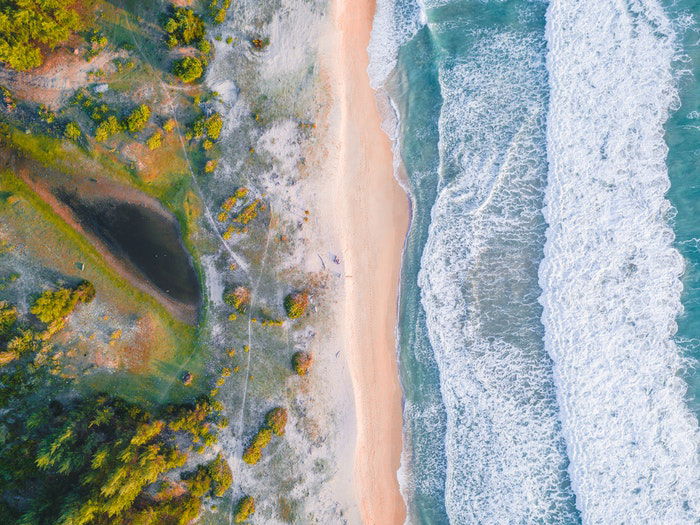
It can be from the sky with a drone, from an aeroplane or helicopter. But you don’t need to rent a hot air balloon to use this point of view. You can also stand on a ladder and look down on your subject.
Bird view images are often shot from a 40-degree angle. But this is also not written in stone. Many overhead shots are called bird’s-eye view images, and they are taken from a 90-degree angle above the scene.
In film and video production, bird’s-eye view means a shot that is looking directly down on the subject. The subject is very short and squat because the perspective is foreshortened.
Bird’s-eye view is often used for landscape, aerial and cityscape photography. But you can get creative and use it for other photography genres too.

Photos that are taken from a bird’s-eye view angle can make the viewer feel superior to the subject. When they look at the image, they feel powerful. They become the superhero who is looking down on the subject below.
You can use this effect to tell a story with your photos. For example, if you photograph a child who has done something naughty, you can capture this from a bird’s-eye view as if the viewer was the parent giving a lesson on good behaviour.
The bird’s-eye perspective can make the viewer feel like they are protecting the subject who is below them. This can be a powerful tool when creating a photodocumentary. By using this perspective, you can highlight how the viewer is more privileged than the subject of the photo.
It’s also a good way to highlight the size of a crowd and make the viewer feel like they are standing above them. This can make them feel relieved, superior or even frustrated. It all depends on the impression you want to create.
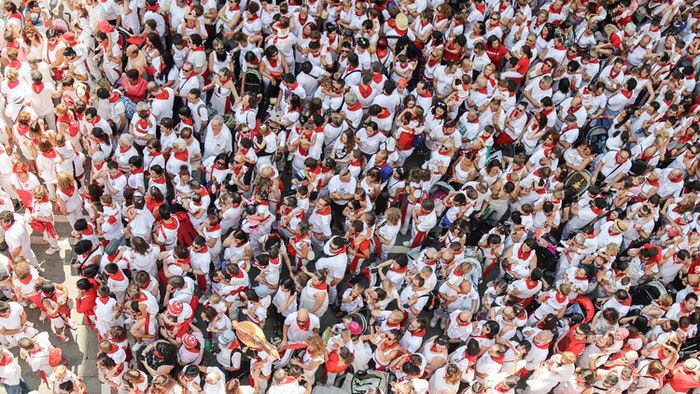
When we are walking in a forest or a beach, we only see things from our own perspective. Many people never go above the trees or fly over the beach to get a bigger picture.
With bird’s-eye view photography, you get a new perspective of the landscape. You can highlight textures and patterns that people wouldn’t be able to see from eye level.
Think about the patterns of a pine tree forest from above. Or the waves and swirls creating uniques shapes in the ocean. Landscapes can look completely different from a bird’s-eye perspective.
You can find more expert tips for landscape photography in our Simply Stunning Landscapes course!
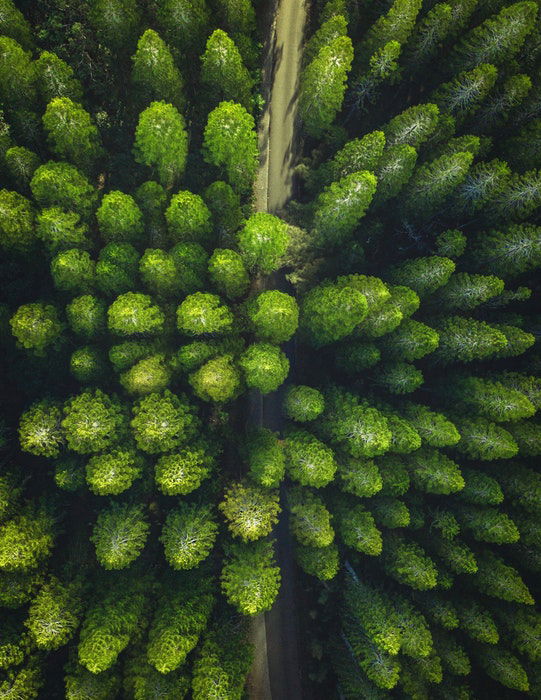
Buildings often have interesting shapes and forms that we cannot see from the ground. But they showcase their pure beauty from above.
When you look at an architectural structure such as the Eiffel Tower or the Sagrada Familia from the ground, they look great. But you don’t see the whole majestic structure.
If you go further away and climb to a higher lookout point, these buildings pop out from the rest of the cityscape. They become breathtaking masterpieces of architecture.
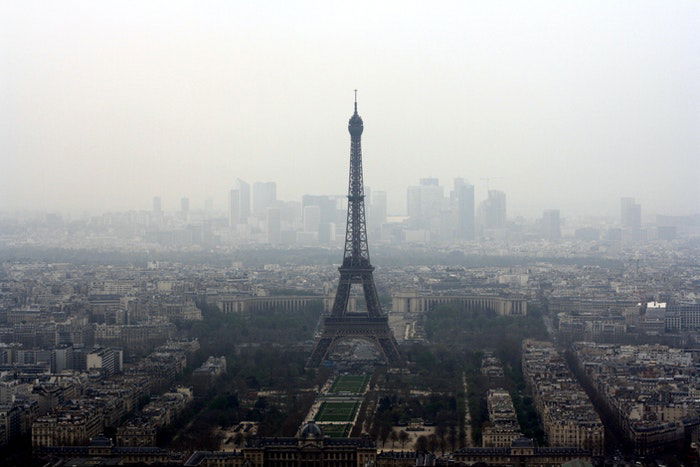
Cities and urban areas are often built in perfect symmetry. But this is something we cannot recognize when we are walking in the street. Go above the city and capture its symmetry from a bird’s perspective.
You can use drones or take pictures. But you can also go to a higher spot in the city, and capture the cityscape from that point.
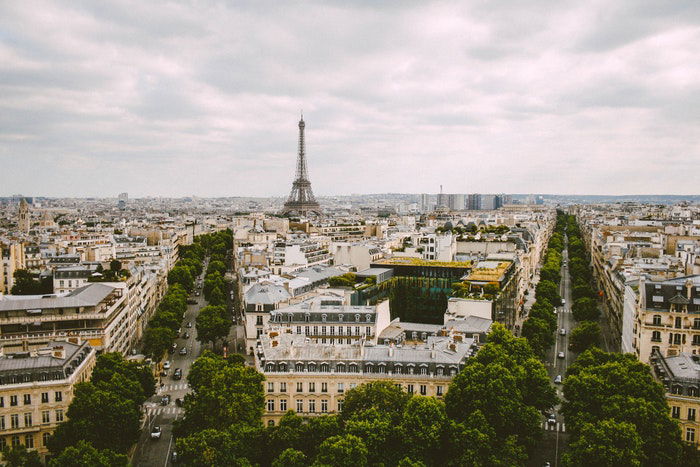
There are landscapes that look stunning from where we stand. But they look even more majestic from a bird’s-eye view. The best examples are the mountainous landscapes.
When you shoot the mountains from a bird’s-eye view, you often capture peaks in the foreground and in the background as well. This creates depth of field and highlights the altitude differences.
Add a human element for scale, and you create the most stunning mountain photography from above.
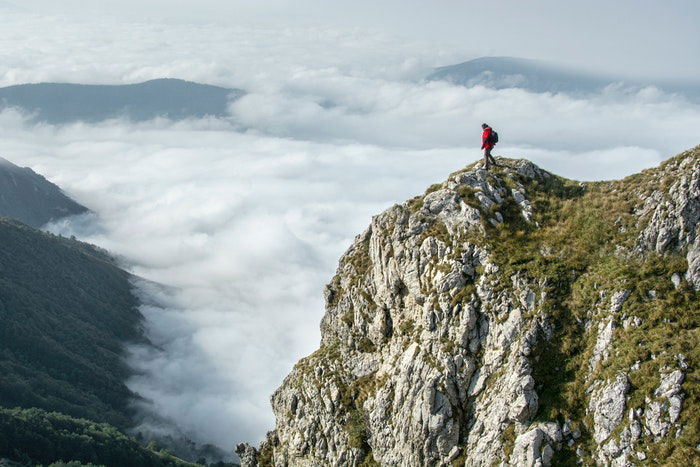
There are scenes we see every single day, and we don’t even care about giving them a second glance. Road junctions, basketball fields or parks have the same old boring look.
But shoot these scenes from a different perspective, and a whole new world opens up. Try to capture them from a 40-degree or a 90-degree bird’s-eye view. They will showcase patterns, lines and forms that you wouldn’t normally see.
A serpentine road doesn’t look spectacular from the ground. But go a bit higher and take photos of it from above. Its curvy shape will look stunning from that higher angle.
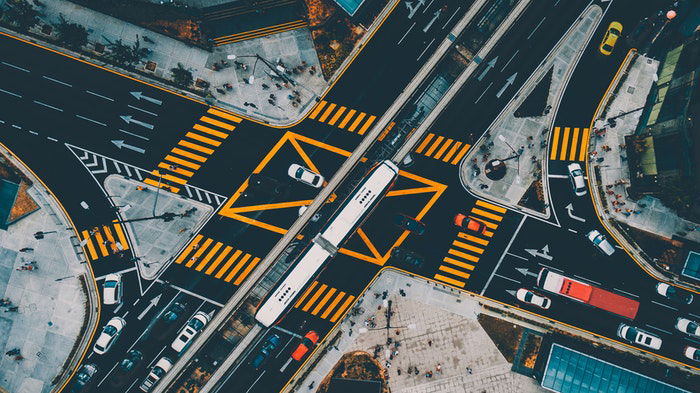
After a while, every cityscape seems to look the same. Skyscrapers, big buildings, busy streets. It’s hard to distinguish one from another. Plus, famous cities like New York City or London have been photographed thousands of times.
But you can give an exciting twist to the well-known cityscapes by changing the perspective. Go for the bird’s-eye view photography and capture these cities from an overhead perspective.
The tall buildings will resemble trees in a forest and make people look at your images with renewed interest.
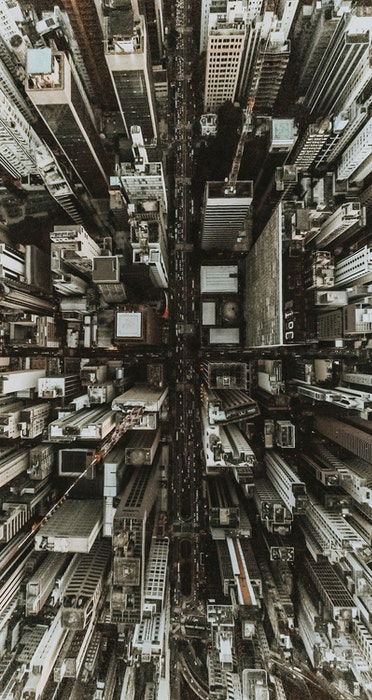
One of the biggest advantages of bird’s-eye photography is the way you can make the viewer feel. The freedom you give them by capturing these scenes from above is priceless.
They would have to hop on an aeroplane to see forests, roads and cities from above. Instead, your photos provide them with the opportunity to see scenes like never before.
You can make the viewer feel free as a bird, flying over landscapes and cityscapes towards the horizon. The best photographs are those that make people think or trigger emotions in them.
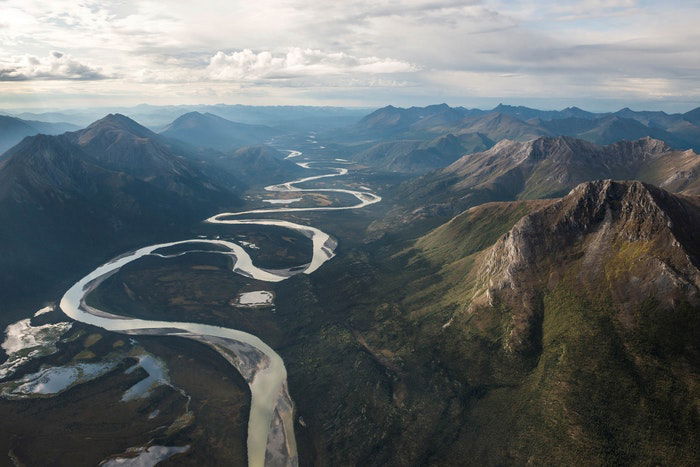
Bird’s-eye photography can be part of your aerial photography practice. It is also an excellent way to challenge yourself and leave the comfort zone of eye-level perspectives.
Changing the perspective to a bird’s-eye view makes you look at things in a different way. It can lead to more creative compositions and powerful photography.

